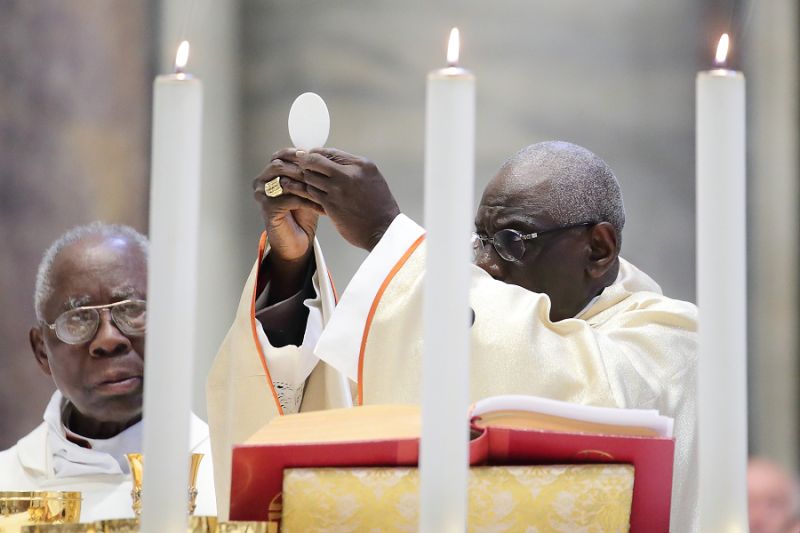
Washington, D.C. Newsroom, Dec 28, 2023 / 16:45 pm (CNA).
A French priest and Holocaust expert criticized Israel’s detractors, especially viral social media claims that Jesus would be a Palestinian targeted by the Israel Defense Forces (IDF) if he were alive today.
Father Patrick Desbois, a renowned Holocaust researcher honored for his work identifying the mass graves of Jews killed by Nazis in Eastern Europe, decried recent attempts to claim Jesus as a Palestinian to further an anti-Israel agenda.
In an interview this week, he said: “If he had been born today, Jesus would be a target of missiles or a hostage in Gaza,” referring to the Oct. 7 Hamas attack on Israeli civilians.
He made his comments in an interview with the French-language channel of i24 News published Tuesday that was covered by the Jewish Middle East news source The Algemeiner.
Priest takes on social media
Desbois took aim at a claim that circulated on social media that Jesus was Palestinian and not Jewish.
“What we see in Bethlehem today, this need to affirm that Jesus was not Jewish, is political,” he argued.
Syrian-British influencer Richard Medhurst, for one, asserted in a Christmas Eve video that “you cannot be a Christian and support Israel.”
“If Jesus were born today, he would be born under the rubble, he would be persecuted in his mother’s womb like so many Palestinians who have died stillborn because of Israeli bombardment,” Medhurst shared.
Desbois countered: “If he had lived in 1942, Jesus would have been deported to Auschwitz, and if he had been born today, he would be the target of missiles or be a hostage in Gaza.”
A researcher of the Nazi mass murder of Jews in Ukraine and Eastern Europe, Desbois also suggested that much of the criticism of Israel comes from hatred toward the Jewish people.
“I always say: If there were no Jews in Israel, few people would look out for the Palestinians,” he said.
Desbois said in a 2018 interview, The Algemeiner reported, that Hamas terrorists and those arguing for the end of the state of Israel are motivated by the same antisemitic sentiments as the Nazis.
“The Nazis wanted to eliminate every last Jew, even the babies and the old people,” he told The Algemeiner in 2018. “[Now,] they say to the Jews, ‘get out of France,’ ‘get out of Germany,’ ‘get out of Britain,’ ‘get out of Palestine.’ And at the end, who will stay?”
If you value the news and views Catholic World Report provides, please consider donating to support our efforts. Your contribution will help us continue to make CWR available to all readers worldwide for free, without a subscription. Thank you for your generosity!
Click here for more information on donating to CWR. Click here to sign up for our newsletter.





Leave a Reply